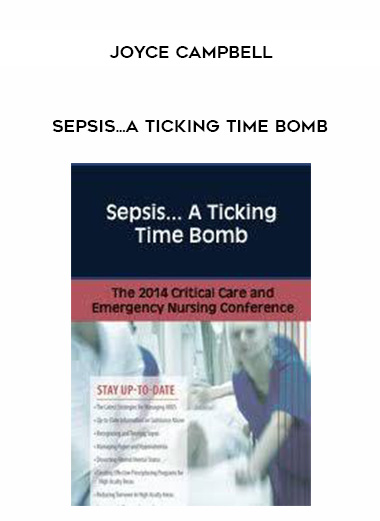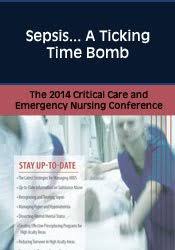
Hospitalizations for sepsis more than doubled between 2000 and 2010. Patients with sepsis are more likely to have extended hospital stays and many patients experience major organ damage or death. You as a critical care or emergency department nurse, are on the front line in patient care and you will leave with tools that will assist you to identify subtle symptoms of sepsis and prepare you to assist in implementing the “surviving sepsis guidelines 2013”.
OBJECTIVES
- Identify evidence-based practices which prevent sepsis.
- Differentiate between systemic inflammatory response syndrome (SIRS), sepsis, severe sepsis and septic shock.
- Describe the nurse’s role in assessment of the patient experiencing SIRS, sepsis or septic shock.
- Outline evidence-based practices for treatment of the patient with sepsis.


































Reviews
There are no reviews yet.